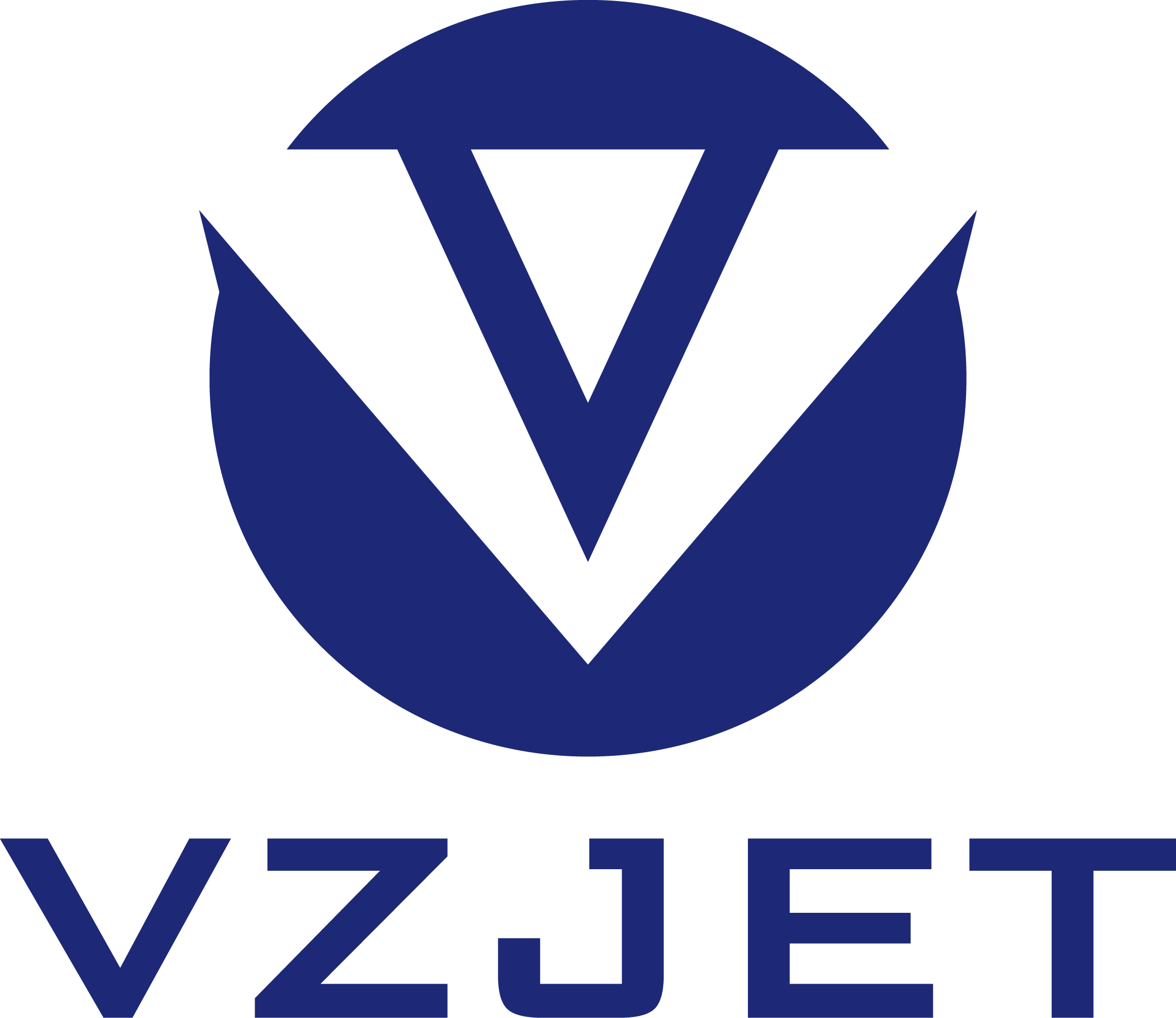Information
Laser Marking Machines: The Perfect Combination of Environmental Protection and Efficient Production
21 Jul,2025
In the context of increasingly stringent global environmental regulations and the continuous pursuit of production efficiency, laser marking machines have emerged as a revolutionary technology in the manufacturing sector. They perfectly integrate environmental friendliness and high-efficiency production, becoming an indispensable core equipment in modern industrial processing.
Environmental Protection: A Green Alternative to Traditional Processes
Traditional marking methods such as ink printing, chemical etching, and mechanical engraving often come with inherent environmental drawbacks. Ink printing relies on solvents that may contain volatile organic compounds (VOCs), which are not only harmful to operators' health but also cause air pollution and require complex waste treatment systems. Chemical etching uses corrosive reagents, generating toxic wastewater that poses severe risks to soil and water sources. Mechanical engraving, on the other hand, produces a large amount of debris and noise pollution, while also consuming more energy due to mechanical friction.
Laser marking machines, however, operate on a non-contact, no-consumable principle that fundamentally eliminates these environmental hazards:
- No harmful substances: The marking process relies on the high-energy density of laser beams to alter the surface of materials (such as melting, vaporization, or color change) without using inks, solvents, or chemicals. This means zero emission of pollutants like VOCs, heavy metals, or toxic wastewater.
- Minimal waste generation: Since there is no physical contact or consumption of materials like ink cartridges or etching fluids, the process produces almost no waste, reducing the need for waste disposal and lowering the environmental burden of enterprises.
- Energy efficiency: Modern laser marking systems are designed with high energy conversion rates, focusing energy precisely on the marking area to avoid energy waste. Compared to traditional mechanical equipment with high power consumption and continuous operation, they save significant energy in long-term use.
High-Efficiency Production: Driving Manufacturing Productivity
Beyond environmental benefits, laser marking machines excel in production efficiency, meeting the demands of high-speed, high-precision manufacturing:
- Ultra-fast marking speed: Laser beams, with their instantaneous high energy, can complete marking tasks in milliseconds. For example, in the electronics industry, marking QR codes or serial numbers on circuit boards can achieve speeds of hundreds of pieces per minute, far surpassing the efficiency of inkjet printing.
- Exceptional precision: With positioning accuracy up to ±0.01mm and fine line widths reaching micrometer levels, laser marking can handle intricate patterns, microtext, and complex codes. This is crucial for high-precision industries such as medical devices, aerospace components, and luxury goods.
- Versatility across materials: Whether processing metals (stainless steel, aluminum), plastics, ceramics, glass, or composite materials, laser marking machines can adapt quickly without the need for tool changes. This versatility reduces setup time in multi-variety, small-batch production.
- Low maintenance and long lifespan: With no wear parts (unlike mechanical engravers) and a laser source lifespan of tens of thousands of hours, laser marking machines minimize downtime for repairs and replacements, ensuring continuous production.
A Win-Win for Sustainability and Profitability
In an era where environmental responsibility and production efficiency are equally critical, laser marking machines represent a sustainable development direction for manufacturing. They help enterprises reduce environmental costs (such as waste treatment and pollution fines) while improving production throughput, reducing scrap rates, and enhancing product traceability—ultimately boosting competitiveness.
As laser technology continues to advance (e.g., fiber lasers with higher efficiency, green lasers for more material compatibility), laser marking machines will further optimize the balance between environmental protection and efficiency, becoming a cornerstone of smart, eco-friendly factories.
21 Jul,2025
Classification:
Information
Latest Contents








